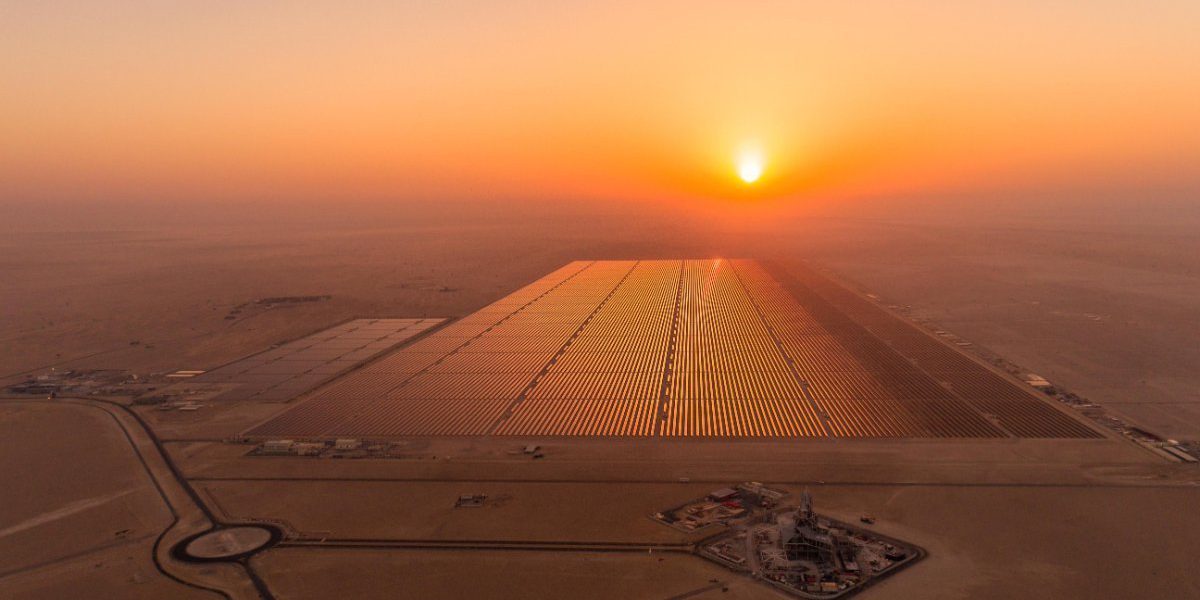It’s the brightest time of the year for Muslims worldwide, but in Egypt, residents are celebrating Ramadan amidst nationwide government-implemented power cuts.
In what energy experts are calling a crisis, exorbitant and unprecedented levels of consumption of electricity this summer have rendered power plants helpless to meet demand.
In June, the Ministry of Electricity and Energy (MEE) began implementing electricity cuts as part of an emergency plan to reduce power use. Other measures include trying to decrease the use of electricity in public buildings and street lighting in all governorates by 50 percent.
Electricity Minister Hassan Younis has called the rising level of electricity consumption in Egypt “catastrophic”. This is the first time that the government has had to resort to power cuts.
In last few weeks, millions have been left without electricity, water, and air conditioning, right in the middle of Egypt’s scorching summer heat.
According to the MEE, electricity companies were instructed to rotate the power cuts between neighborhoods, ensuring that no consumers lost power for more than two hours per week.
But in some cases, shortages have left residents living in rural areas without electricity–or water– for weeks. Residents of Bassioun village in Gharbiya have been without electricity for two weeks. The cuts provoked angry protests there last week, but the damage is done. The already impoverished villagers have complained that the blackout has destroyed electrical equipment and spoiled stored food.
And, as long as Egypt’s hot summer weather persists, an already frustrated nation can expect more cuts over the next few weeks.
Air conditioning units are the main culprit for this summer’s electricity disaster, says engineer Samir Hassan, Director of the Regional Centre for Renewable Energy and Energy Efficiency (RCREEE), an independent Cairo-based regional think tank that promotes renewable energies and energy efficiency.
The summer season is Egypt’s highest energy-consuming time of the year, when hot weather means countless air conditioners are set at high levels for hours every day.
Around 3 million air conditioning units have been sold in 2010, according to the electricity minister, adding that they consume about 12 percent of power station production.
As Hassan points out, “This is a huge number, and is not subject to controls. Even if you add more power plants to generate electricity, you cannot supply such a high demand during such a short period of time.”
A second important reason behind the cuts this summer is purely technical.
“The bad quality of the fuel used in power stations causes many problems for the machinery,” he explains. “Burning low-quality fuel causes damage to the boilers. It takes time to fix the machines, and this has been difficult to do due to short periods of time available for maintenance–which itself is limited by the urgency and size of demand.”
Egypt relies on the burning of fossil fuels to satisfy about 85 percent of its electricity requirements.
Hassan supports the government’s solutions, saying that rotated power-cuts are the only feasible short-term strategy to coping with the crisis.
Crisis aside, the electricity problem is raising more questions about the long-term sustainability of electricity production in Egypt. With consumption growing at an alarming average of 8 percent per year– at 13.5 percent this year– experts estimate that the country's oil and gas reserves will run out within 30 to 50 years.
More-long term solutions are in the pipeline.
In the first place, in May 2010, the MEE launched the second part of a campaign to encourage the use of compact fluorescent bulbs (energy-saving bulbs), as part of the ministry’s Energy Efficiency Improvement Programme. The MEE subsidized half the cost of 6 million compact fluorescent lamps, distributed to electrical outlets. The project according to the MEE, is expected to help save around one billion kilowatt hours by the end of 2010.
But Egypt can go much further.
According to the World Bank, Egypt possesses some of the most favorable resources in the world for wind energy, particularly in the Gulf of Suez area.
The MEE has already announced that it envisages producing an ambitious 20 percent of its electricity from renewable resources by 2020, with approximately 12 percent to come from wind sources.
In 2009, 1.5 million acres of state-owned land were approved for wind power plant projects.
In same year, to help boost renewable energy projects, a law was drafted listing incentives for the production of renewable energy. The law is designed to attract private sector investment towards renewable sources– by definition anything not produced from fossil fuels. If enacted, energy experts predict Egypt will lead the rest of the MENA region into doing the same.
Despite the frustrating power cuts, in some ways residents shouldn’t complain. They are, says Hassan, after all, part of the problem: extreme misuse of electricity by consumers exacerbates shortages.
Residential use accounts for around 40 percent of electricity consumption in Egypt.
In the midst of the current crisis then, residents can make a significant difference in reducing consumption levels simply by being more energy-conscious and moderating usage.
Hassan goes so far as to propose a new system that would help remedy the problem.
First, he suggests that the government should charge higher tariffs for peak periods of consumption in order to encourage people to reduce their consumption during peak hours.
Second, the energy expert says a metering system should be implemented to monitor inefficient use and consumer abuse, financially penalizing households that are overusing their electricity.




